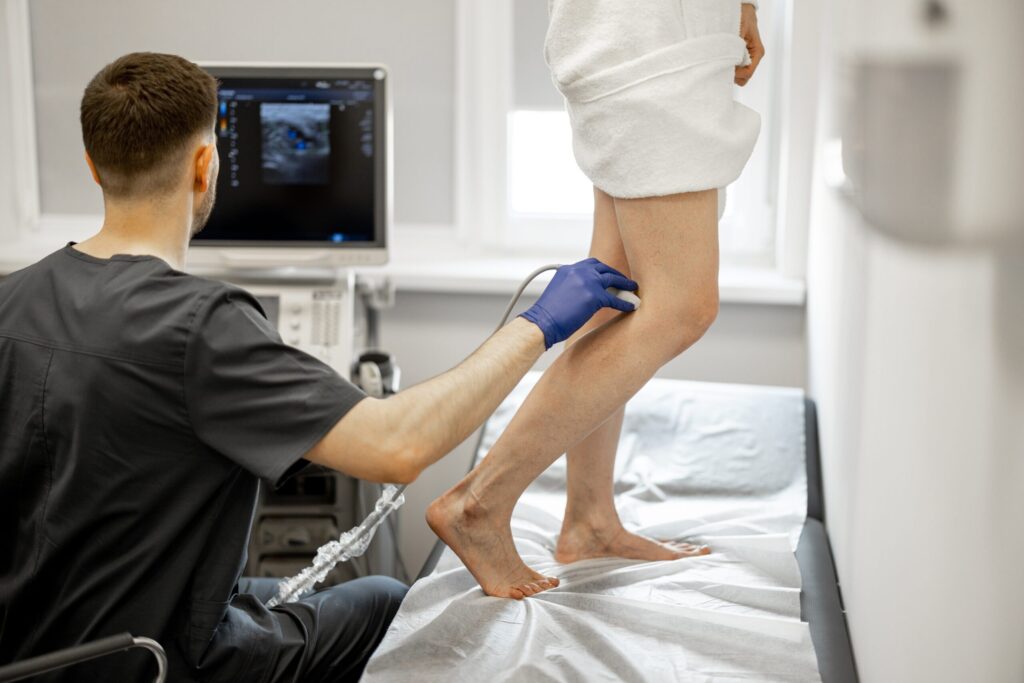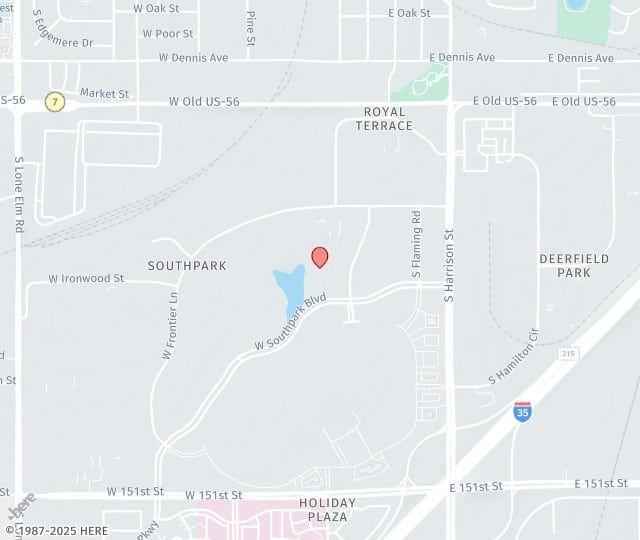
Varicose veins are common in Olathe, Kansas. If you’re considering treatment, you might be weighing the benefits of traditional vein stripping versus radiofrequency therapy. Both options improve vein health, but differ in technique, recovery time, and overall experience.
Dr. C. Allyson Walker, a board-certified Cardiovascular & Thoracic Surgeon, is the founder of Vein-ity and brings over 15 years of experience in vein health. With a strong academic background and expertise in both surgical and non-surgical treatments, Dr. Walker offers personalized care to help you make the best choice for your vein health.
What is Traditional Vein Stripping?
Traditional vein stripping is an invasive procedure used to treat large, problematic varicose veins. It involves the surgical removal of the vein through small incisions made in the skin. During the procedure, the vein is tied off and removed, a process that may take up to one to two hours, depending on the severity of the condition.
While effective, vein stripping requires a significant recovery period. Common side effects include:
- Pain and discomfort during the recovery process
- Scarring from the incisions
- Extended downtime, sometimes requiring up to two weeks off from normal activities
What is Radiofrequency Therapy?
Radiofrequency therapy is a modern, minimally invasive treatment for varicose veins. This method uses heat generated from radiofrequency energy to close off damaged veins. A catheter is inserted into the vein, and the heat seals it, causing it to collapse and eventually be absorbed by the body.
Some advantages of radiofrequency therapy include:
- Shorter recovery time—patients typically return to normal activities within a few days
- Minimal scarring due to the small incisions
- Less pain and discomfort during and after the procedure
Radiofrequency therapy can be used to treat a wide range of vein issues, from mild spider veins to more severe varicose veins.
Comparing Vein Stripping and Radiofrequency Therapy
Both vein stripping and radiofrequency therapy are effective methods for treating varicose veins, but they differ in several key areas.
- Invasiveness: Vein stripping is a more invasive procedure, requiring incisions and a longer recovery time. In contrast, radiofrequency therapy is minimally invasive with small incisions.
- Recovery Time: Radiofrequency therapy offers quicker recovery, allowing patients to resume activities within a few days. Vein stripping can take up to two weeks.
- Comfort: Radiofrequency therapy is less painful, with minimal discomfort during and after. Vein stripping, though effective, is generally more painful due to the invasive surgery.
- Effectiveness: Both treatments are effective for varicose veins, but radiofrequency therapy is increasingly popular for its less invasive nature and faster recovery.
Vein Stripping vs. Radiofrequency Therapy in Olathe, KS
The best treatment for your varicose veins depends on factors like severity, recovery goals, and comfort. Radiofrequency therapy offers a faster, less invasive option, while vein stripping may be necessary for more severe cases. To determine the right choice for you, schedule a consultation with Dr. Walker. Call 913-374-2750 today and take the first step toward healthier legs.
